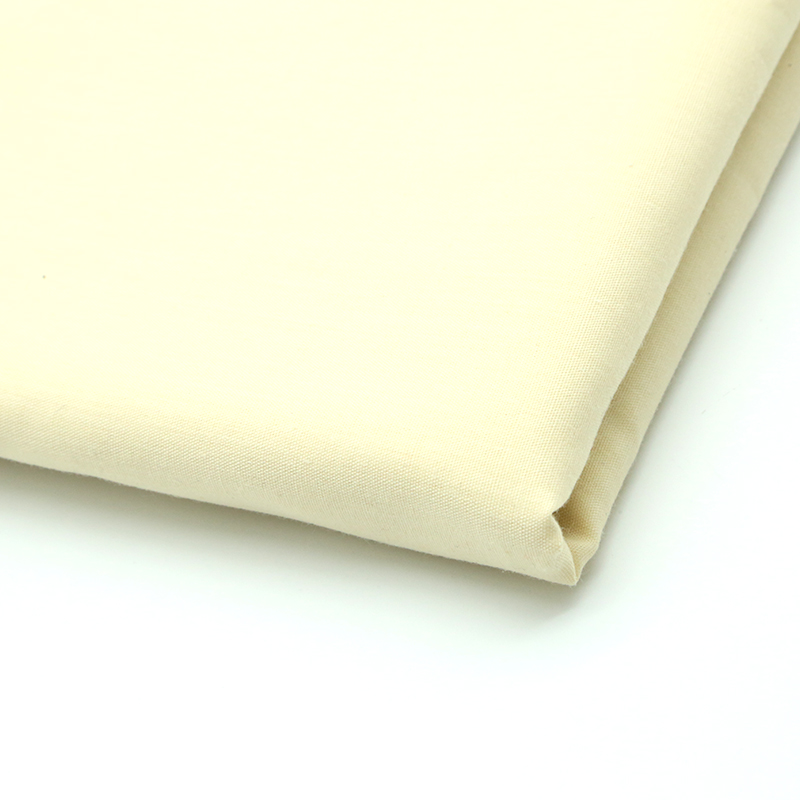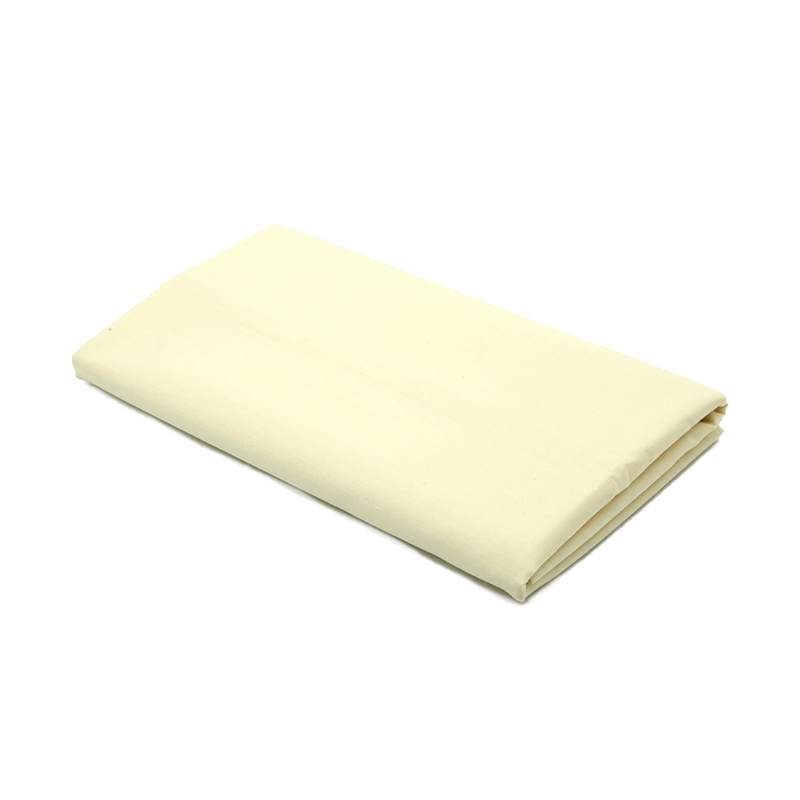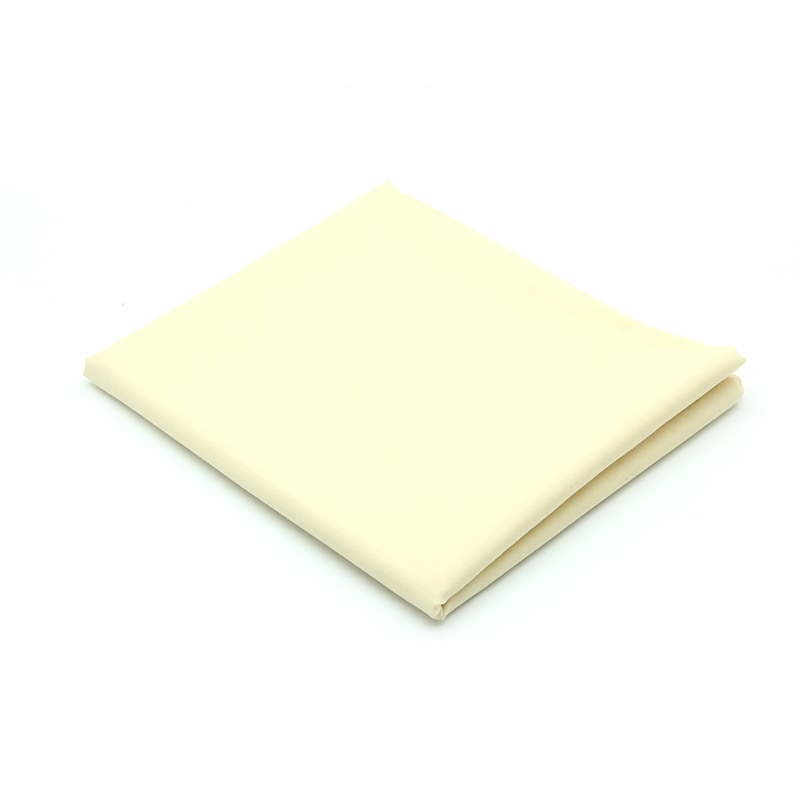Premium Pocket Lining Fabric for Durable, Comfortable Apparel
Introduction: Importance and Trends of Pocket Lining
In the textile and apparel industry, pocket lining plays a crucial yet often underestimated role in both garment function and longevity. With the rise of demand for durability, comfort, and textile sustainability, manufacturers worldwide are focusing on high-quality pocket lining fabric options. The selection of pocketing cloth impacts everything from wear resistance and tactile sensation to the overall perceived quality of finished garments. According to Textile World, global apparel producers are increasingly opting for specialized pocket lining material to enhance garment value and consumer trust.



Industry Trends: Pocket Lining Fabric Innovation
With the increased consumer focus on garment durability and environmental concerns, the pocket lining industry is undergoing rapid modernization. The adoption of YARN-integration technologies and sustainable raw materials is reshaping the standards of pocketing material and pocketing lining fabric. For example, the trend towards 100% cotton and eco-friendly blends, such as herringbone weave styles and organic fibers, responds to global initiatives such as the Textile Exchange Sustainable Cotton Challenge. Major apparel brands are now specifying not only wear resistance but formaldehyde-free and anti-pilling standards in their pants pocket liner orders.
Pocket Lining: Common Technical Parameters Overview
| Parameter | Description | Typical Value Range | Relevance |
|---|---|---|---|
| Material | Raw textile fiber composition (cotton, polyester, T/C, etc.) | 100% Cotton, T/C 65/35, 100% Polyester | Core to durability, comfort, washability |
| Yarn Count | Yarn thickness in warp x weft (Ne) | 20x20, 30x30, 45x45 | Affects hand-feel and strength |
| Density | Number of yarns per inch in both directions | 60x60, 72x40, 88x64 | Influences compactness and stability |
| Width | Usable fabric width post-finish | 36"-59" | Determines garment cutting efficiency |
| Weight | GSM (grams per square meter) | 90-160 gsm | Relates to thickness and strength |
| Finish | Post-weaving treatment (bleached, dyed, printed) | White, Dyed, Printed | Visual & functional qualities |
| Style | Weaving pattern (plain, twill, herringbone, satin) | Plain, Twill, Herringbone | Impacts appearance, strength, smoothness |
| Usage | End application | Pocketing, lining, shirt, uniform, industrial | Defines technical demands |
Product Highlight: C20X20 60X60 Pocket Lining Fabric
Item: C20X20 60X60 Pocketing Lining Fabric
Composition: 100% Cotton
Yarn Count: 20x20 Ne
Density: 60x60
Width: 58/59"
Weight: 145gsm
Style: Plain
Finish: White, Dyed, Printed
Usage: Pocketing, Lining, Shirting, Uniform
Visit product page: Pocket Lining Fabric Details
| Parameter | Specification | Industry Benchmark |
|---|---|---|
| Material | 100% Cotton | Cotton / T/C 65/35 |
| Yarn Count | 20x20 | 30x30 to 45x45 |
| Density | 60x60 | ≤60x60 (common) |
| Width | 58/59" | 36"-59" |
| Weight (GSM) | 145 | 90-160 |
| Style | Plain | Plain/Twill/Herringbone |
| Finish | White, Dyed, Printed | White, Dyed, Printed |
Technical Application Scenarios
The application range for pocket lining is broad, including fashion, casualwear, formal wear, uniforms, and specialist apparel like workwear and industrial clothing. For high-end pants and coats, fabric for pocket lining must be both robust and soft to avoid shape distortion and abrasion through repeated use. In work uniforms or industrial usage, herringbone pocketing fabric and reinforced plain weaves are preferred for tear resistance. Moreover, fashion brands focus on printed or dyed pocketing lining fabric for style consistency between garment interior and exterior, a growing trend in luxury apparel (see Just-Style Research).
According to [Textile Forum](https://www.textile-forum-blog.org/pocket-fabric-choices/), textile technologists choose pocketing material based on dimensional stability, hand feel, colorfastness, and fusibility. These criteria ensure that pants pocket liner does not shrink or stiffen after laundering, maintaining garment integrity even after multiple washes.
Professional FAQ: Expert Pocket Lining Knowledge
- 1. What makes 100% Cotton an ideal pocket lining fabric?
- 100% cotton offers excellent breathability, softness, and moisture absorption, making it comfortable for regular contact inside garments. It is durable and resistant to repeated washing, as confirmed by Fibers - MDPI.
- 2. How does yarn count (e.g., 20x20) impact pocketing material performance?
- Lower yarn count numbers (thicker yarns) provide more robustness for pocket linings subjected to high friction, while higher counts favor smoothness and lighter hand-feel. The balance is critical for pants pocket liner longevity.
- 3. What are standard installation/attachment techniques for pocketing cloth in industrial sewing?
- Industry standard is to use lockstitch machinery with clean finished edges or overlocking for strength. Aligning warp direction of pocket lining with garment ensures stability post-laundering (source).
- 4. Why is herringbone pocketing fabric used for uniforms?
- Herringbone weave structure provides enhanced tear resistance and flexibility at pocket bends, preferred for workwear/uniforms in the engineering textile industry.
- 5. How do technical finishes (e.g., anti-static, water repellent) influence pocket lining?
- Technical finishes add functionality: anti-static reduces static cling, water repellency helps prevent moisture retention from sweat or environmental exposure; crucial for functional and technical apparel.
- 6. What colorfastness is considered standard for pocketing lining fabric?
- Colorfastness to washing ≥ 4, and to rubbing ≥ 4 (ISO 105 standards) is recommended for ensuring dyed/printed linings maintain quality over time.
- 7. How does fabric density influence pocket lining strength?
- Higher density (e.g., 60x60) increases abrasion and tear resistance, which is vital for pants pocket liner and uniform applications subjected to frequent usage.
Frequently Asked Technical Questions about Pocket Lining Fabrics
EEAT: Professionalism, Authority & Trustworthiness of Shijiazhuang Jiexiang Textile Co., Ltd.
As a leading provider with more than two decades in textile manufacturing, Shijiazhuang Jiexiang Textile Co., Ltd. upholds stringent quality controls and has achieved ISO9001 certification. The company’s C20X20 60X60 Pocketing Lining Fabric is extensively tested in line with AATCC and ISO guidelines. Their expertise in production and direct sourcing of premium cotton yarns, as well as their ability to customize dyeing and finishing, has made them recognized among top garment manufacturers worldwide. Their technical team closely monitors market preferences and regulatory changes to ensure both innovative and compliant pocket lining material supplies. According to ResearchGate, such vertical integration of services and quality in pocketing lining fabric is a hallmark of industry leaders.
- Company: Shijiazhuang Jiexiang Textile Co., Ltd.
- Website: www.jiexiangtextile.com
- Phone: +86031167261320
- Email: jxfabrics04@jiexiangtextile.com
- Mobile: +8613930108020
- Address: Zhaoyuan road, Zhao country, Shijiazhuang City, Hebei Province, China
1. Textile World - Global Pocket Lining Trends
2. Just-Style - Functional & Sustainable Linings
3. MDPI Fibers - Cotton Performance in Lining
4. Textile Forum - Pocket Fabric Choices
5. ResearchGate - Pocket Fabric Technology
6. ScienceDirect - Herringbone Weave
7. Fashion2Apparel - Pocket Sewing Standards
-
Hot Sale 180D CEY Crepe AirFlow Woven Fabric 100% PolyesterNewsNov.14,2025
-
Twill TR Fabric for Elastic Suits & Trousers, ShrinkproofNewsNov.14,2025
-
Grey Muslin Fabric — Soft, Durable, Bulk & Custom SizesNewsNov.14,2025
-
CEY Crepe Fabric, Plain Woven Airflow Polyester TextileNewsNov.14,2025
-
Wholesale Custom TR Fabric 80/20 Soft Arabic Thobe FabricNewsNov.14,2025
-
Polyester Cloth - Durable, Wrinkle-Resistant, Factory DirectNewsNov.05,2025
-
TR 80/20 Poly Viscose Twill Thobe & Suiting Fabric Easy-CareNewsNov.05,2025











